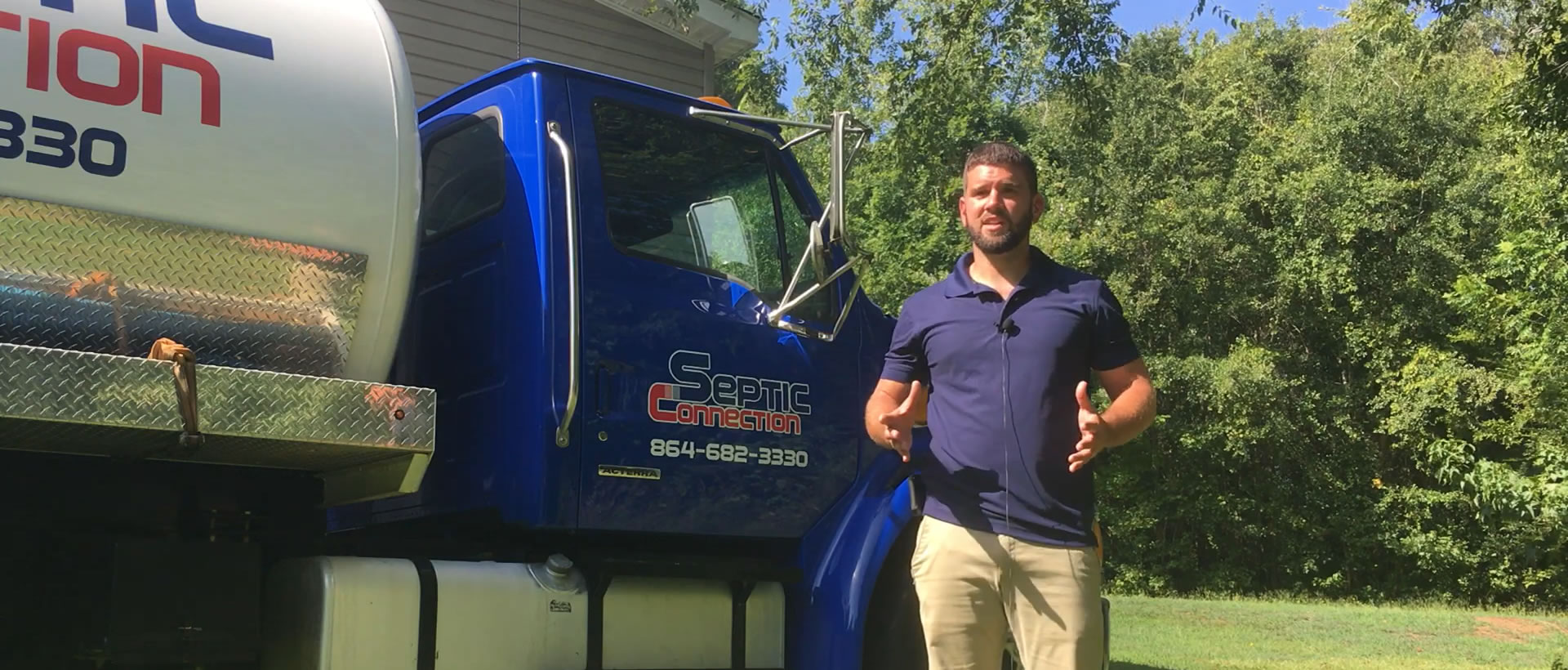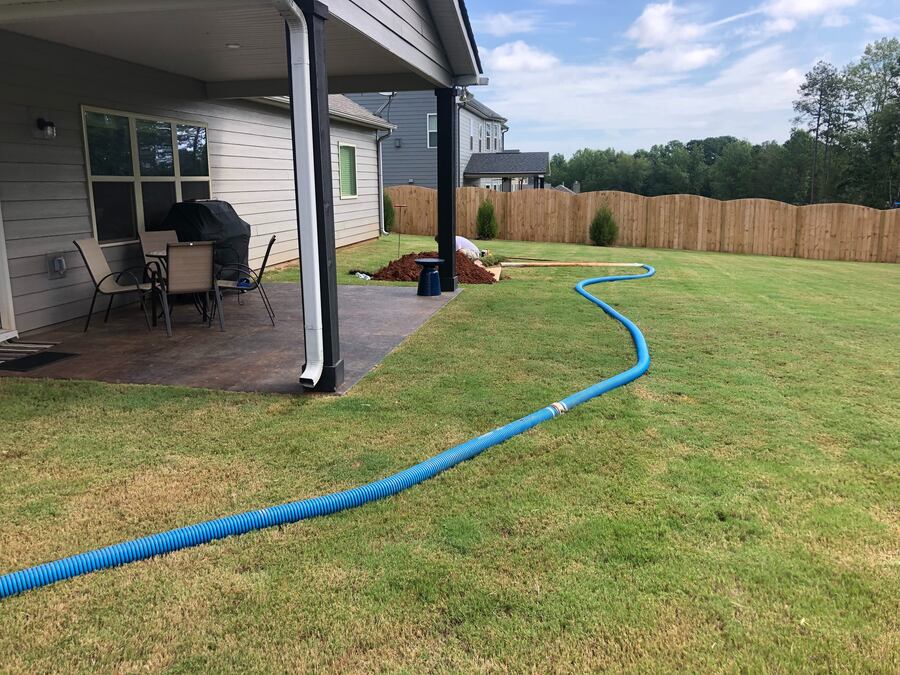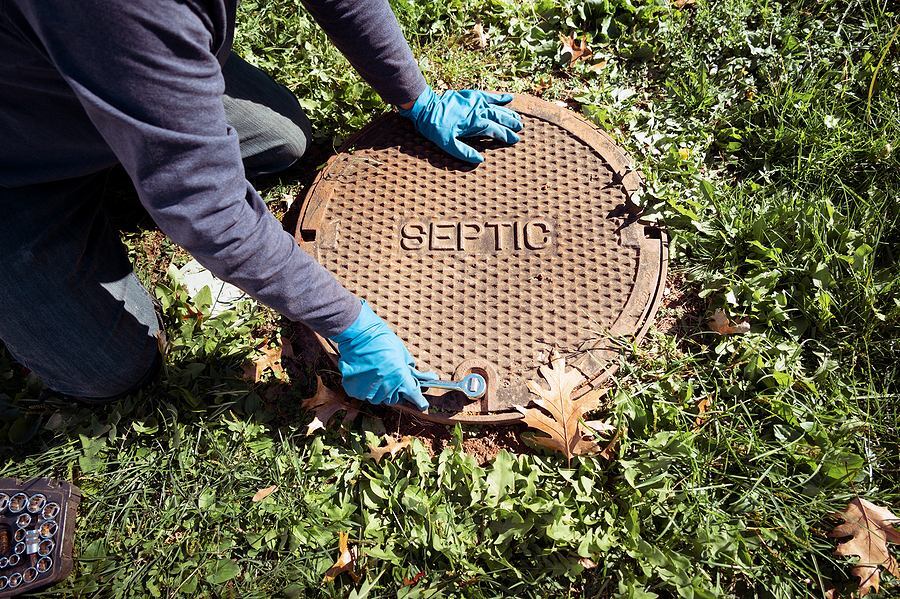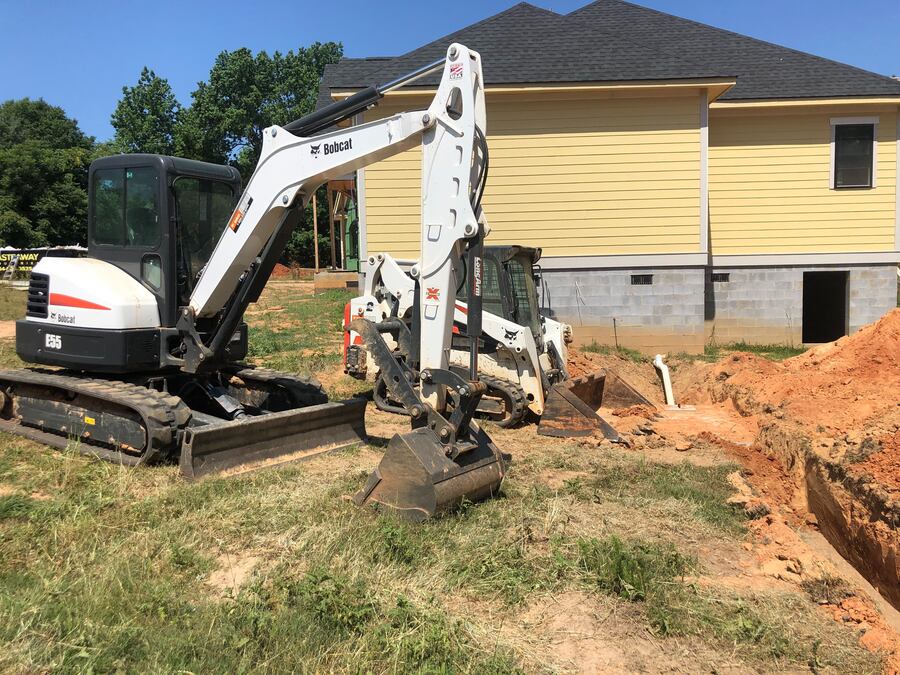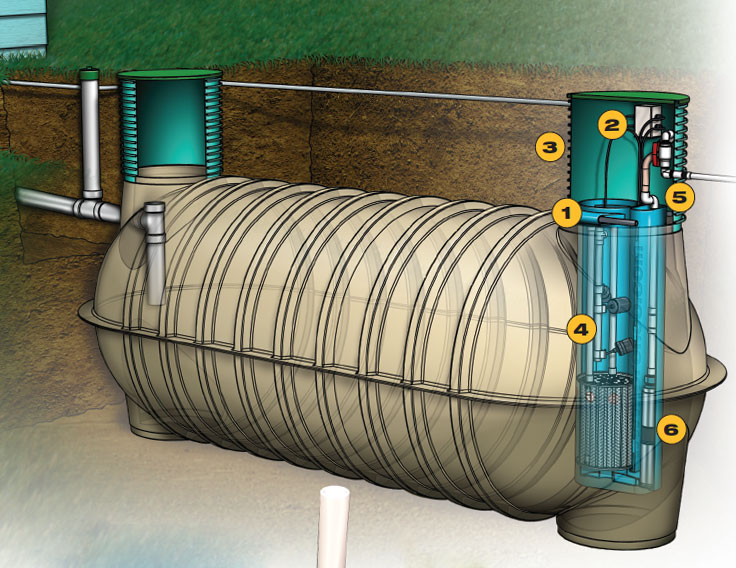
What is A Lift Station?
Drainage systems are primary vessels for disposing of waste and wastewater from your building and into a treatment facility. For the most part, drains are designed to use the power of gravity to transfer waste from high elevation to lower elevation. However, people who live in lower elevations or areas with varying elevation have to seek alternatives. Many ask us at Septic Connection about options for these situations. One common solution for this problem is a lift station. This article will examine what a lift station is, how they work, and some specifications you should pay attention to when choosing your lift station. If you need a lift station installation, you can call the professionals at Septic Connection for assistance.
Basic Information on Lift Stations
Lift stations, also called pumping stations, are facilities used to move liquids and waste from low to high elevation through the use of pumps, valves, and electrical equipment. They are primarily used in home or business plumbing systems to transport wastewater to a water treatment facility that is installed on a higher elevation. Lift stations are also useful for storm and flood water control by pumping water away from low-lying areas of a city. They work by storing wastewater and sewage in a pit. A level-sensing probe activates the pump once the waste reaches a certain level and the sewage will be pumped out to the next destination. Call us now for septic tank repair in your area.
Components of A Lift Station
There are a range of types of lift stations, but their components are the same for the most part:
- Wet Well: This is the basin that houses the inflow as well as the pumps.
- Screen: The screen is used to remove coarse materials.
- Pumps: These pumps are the workhorse of the system. The two main choices are submersible and external pumps.
- Level-Sensing Probes: Pumps are activated based on the readings of these probes. Probes also initiate functions such as setting of an alarm if levels are problematic.
- Power Source: Generally, a standby generator is used in conjunction with the station in case the primary power source is lost.
Specifications to Evaluate When Choosing Your Lift Station
For beginners, the reservoir size is the total volume that can be held. This size is usually measured in gallons. The number of pumps and the head determine how much energy will be used in the operation of the station. The maximum flow rate is the highest rate of liquid flow through the system. This is measured in gallons per minute. The highest amount of pressure that the system can handle is the maximum pressure. Finally, the discharge size is the measurement of the outlet pipes.
Don’t Forget Maintenance
Proper maintenance of your lift station is crucial in order for it to last as long as its lifespan. Wet wells must be cleaned out to prevent waste and grease buildup, pumps must be inspected, check valves must be greased, floats should be inspected and cleaned, and more. The professionals at Septic Connection are a reliable and dependable source for professional maintenance. Give us a call today to schedule your appointment or request an urgent dispatch.
 How it works
How it works
